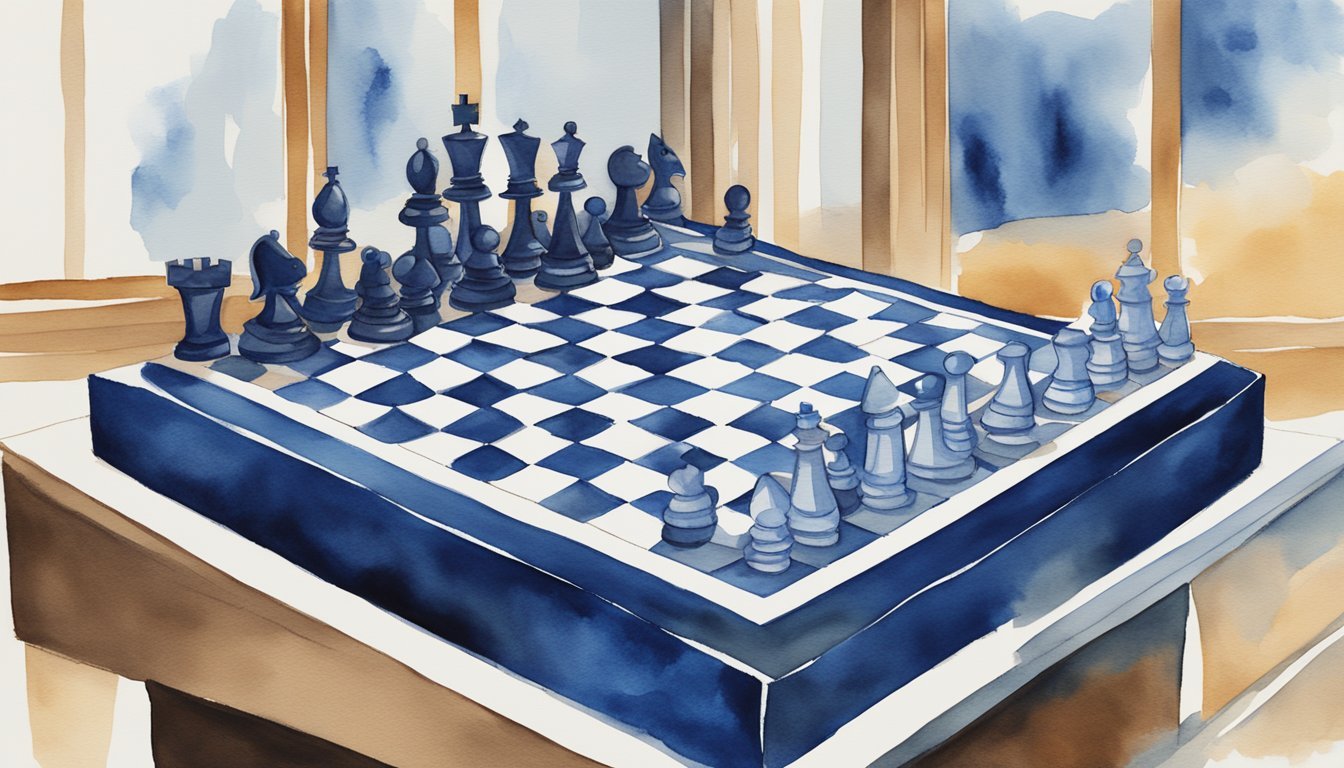Deep Blue: The Landmark Chess Computer

Deep Blue, developed by IBM, made history by being the first chess computer to defeat a reigning world chess champion under standard chess tournament conditions. It represents a major milestone in the field of artificial intelligence and computer science.
Technological Innovations and Challenges
Deep Blue’s groundbreaking victory was built upon advanced computer technology and innovative algorithms. Its approach combined an intricate evaluation function, capable of assessing chessboard positions, with the brute force method, analyzing millions of positions per second. The implementation of custom hardware, including chess accelerator chips, enabled Deep Blue to efficiently process and evaluate the complexities of chess strategy at unprecedented speeds. Interestingly, certain aspects of the system bore similarity to a human-like neural net, reflecting early attempts to replicate cognitive processes in machines.
Evolution from ChipTest to IBM’s Star
The trajectory of Deep Blue started with a machine called ChipTest, developed at Carnegie Mellon University, which later evolved into a more powerful machine named Deep Thought. However, it was IBM’s extensive resources and expertise that transformed it into the supercomputer known as Deep Blue. Significant advancements were made to its hardware, with IBM equipping the system with powerful processors and an expanded array of chess chips which greatly increased its calculation capabilities. This evolution reflects both the rapid progress in computer science and IBM’s commitment to pushing the boundaries of what machines can do.
Human vs Machine: Impact on AI Research
The matches between Deep Blue and Garry Kasparov captivated the world, showcasing a pivotal moment in the relationship between humans and machines. The intersection of machine learning, reinforced by the use of algorithms and neural networks, demonstrated not just a newfound proficiency in the specific area of computer chess but also a leap forward in artificial intelligence research. Deep Blue didn’t just win games; it ignited discussions on AI and its potential applications, influencing future research in fields reliant on pattern recognition, strategic thought, and the ability to make complex decisions.
Here’s a detailed overview of Deep Blue and its historical significance. For an account of the profound impact of the man versus machine battle, consider this retrospect. To understand more about IBM’s journey in developing Deep Blue, including the challenges the team faced, delve into this resource.
Deep Blue’s Historical Chess Battles
The chess world witnessed a landmark moment when IBM’s Deep Blue faced off against Garry Kasparov in a series of games that tested the limits of human and artificial chess intelligence.
Kasparov vs Deep Blue: The Epic Showdown
Garry Kasparov, the reigning world champion and grandmaster at the time, encountered what many considered an improbable opponent: a machine capable of playing chess at the highest level. Their first encounter was in Philadelphia, where Kasparov emerged victorious, cementing his status as one of the greatest chess masters. For the rematch in New York, Deep Blue was prepared to challenge Kasparov’s strategic and tactical prowess, marking one of the most famous chess matches in modern history.
Key Matches and Milestones
The 1996 victory by Kasparov in Philadelphia was followed by an intense round of improvements to Deep Blue by IBM researchers, including Feng-Hsiung Hsu, Murray Campbell, and a team from Carnegie Mellon University. A key figure among grandmasters, Joel Benjamin, worked with IBM to enhance the computer’s understanding of human chess play. By the time the 1997 rematch happened in New York City, Deep Blue’s capabilities included an extensive opening library and refined endgame strategies. It was in this tournament under standard chess match conditions that Deep Blue made history, becoming the first computer system to defeat a reigning world champion in a match. This milestone in the history of chess and artificial intelligence was later captured in the documentary film “Game Over: Kasparov and the Machine.”

